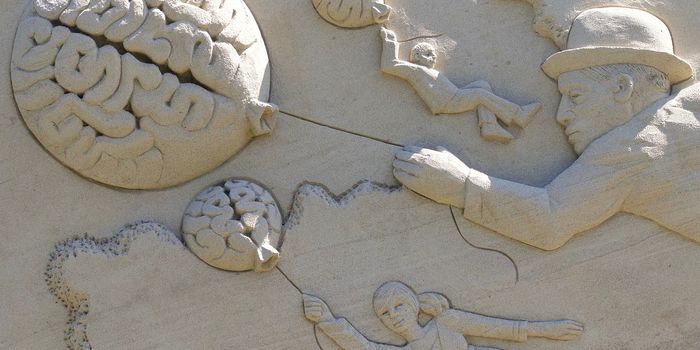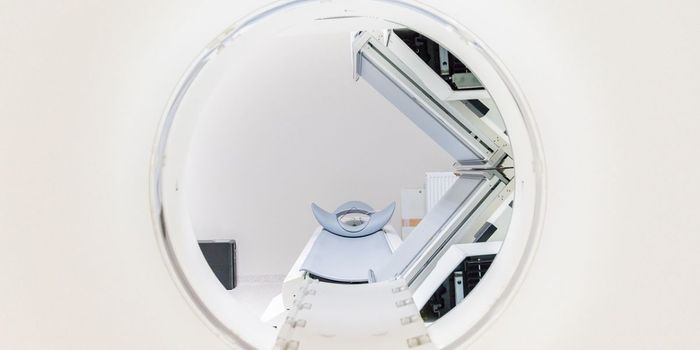Mapping Serotonin Dynamics in the Brain
Serotonin is pretty well known as far as brain chemicals go. It’s a neurotransmitter which means it’s part of the communication process that happens between neurons in the brain. What many might not know is that 80-90% of the serotonin in the body is produced in the intestinal tract. The rest is produced in the brain. What is used in the brain must be produced there. There are volumes of research that show that serotonin is important for mood balance and feelings of well-being. This is why many psychiatric medications to treat depression are designed to interact with serotonin. SSRI medications block the neurotransmitter from being reabsorbed in the brain, so more is available to as a mood stabilizer. One of the challenges to monitoring and trying to regulate serotonin has been that the mechanics of it were not easily seen by imaging or other testing.
New research from MIT might be the first step in changing that and hopefully learning more about the dynamics of the serotonin supply in the brain. The work recently completed by the MIT team has shown for the first time, in 3D no less, a real time map of serotonin making its way around the brain. Aviad Hai, a postdoc in the Department of Biological Engineering and first author of the paper describing the technique stated, “Until now, it was not possible to look at how neurotransmitters are transported into cells across large regions of the brain. It’s the first time you can see the inhibitors of serotonin reuptake, like antidepressants, working in different parts of the brain, and you can use this information to analyze all sorts of antidepressant drugs, discover new ones, and see how those drugs affect the serotonin system across the brain.”
Before this research, the only way to really know how serotonin was moving through brain tissue was a by literally poking a probe into the brain and taking tiny chemical samples from the tissue. Hardly something most patients want to go through. The method the MIT researchers came up involved creating a protein that would chemically bond to serotonin as it traveled through the brain. Using this as a sensor, the team was able to map where it went. Once serotonin was reabsorbed, the sensing protein would detach. This protein would also emit a signal and when injected into the brain, along with serotonin. That signal could be picked up and imaged by a functional MRI scan. The signal only fired when the protein was detached from the serotonin. The MRI images contained pixels, which were then converted to voxels (which are pixels in 3D) using a mathematical model. Over 1,000 voxels were detected in the work, and the model was used to create a 3D map of the where, when and how the serotonin was moving and being absorbed.
The team used this method to successfully measure the effect that would be expected when the SSRI fluoxetine (Prozac) was used. Their mapping and math was successful in illustrating the decrease in serotonin reuptake that is known to happen when Prozac is used to treat depression. They also unexpectedly discovered that a dopamine transport reuptake inhibitor used in one of the experiments also reduced serotonin reuptake, further validating the suspected connection between the role of both dopamine and serotonin in mental illness.
While drugs like Prozac only target serotonin, Hai explained that targeting more than one neurotransmitter might be a better way to treat depression. “It may not be sufficient to just block serotonin reuptake, because there’s another system — dopamine — that plays a role in serotonin transport as well. It’s almost proof that when you use antidepressants that … target both systems, it could be more effective,” he said. The video talks more about this significant development in mapping brain activity, take a look.
Sources: MIT, MDJunction.com, Neuron, UPI









